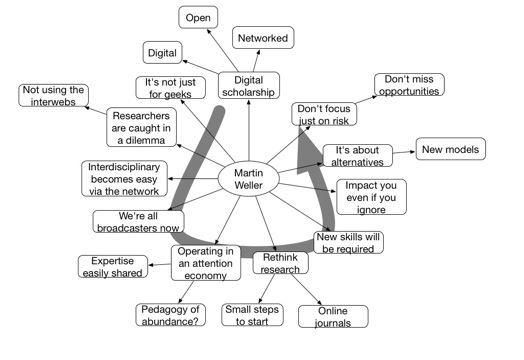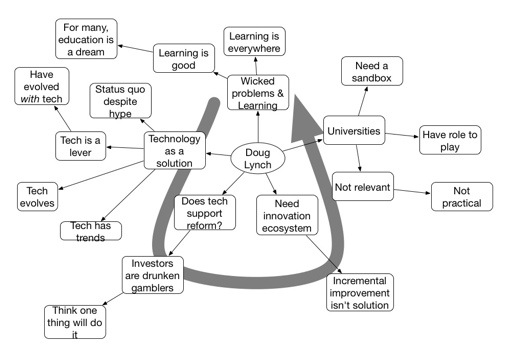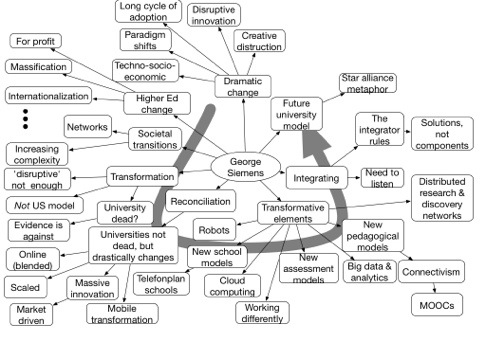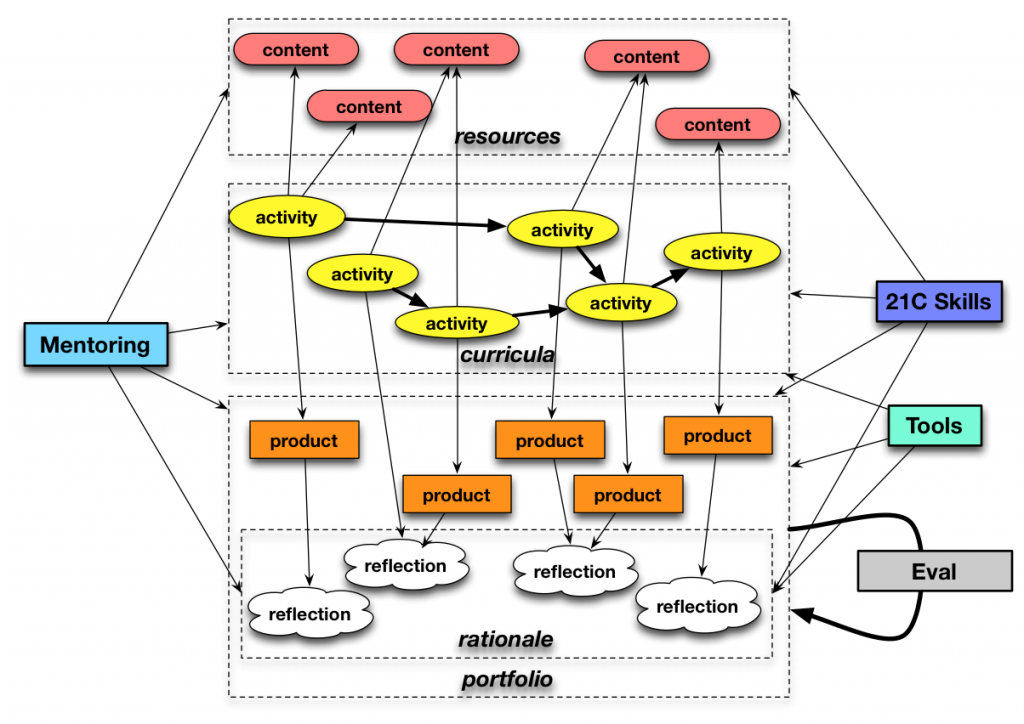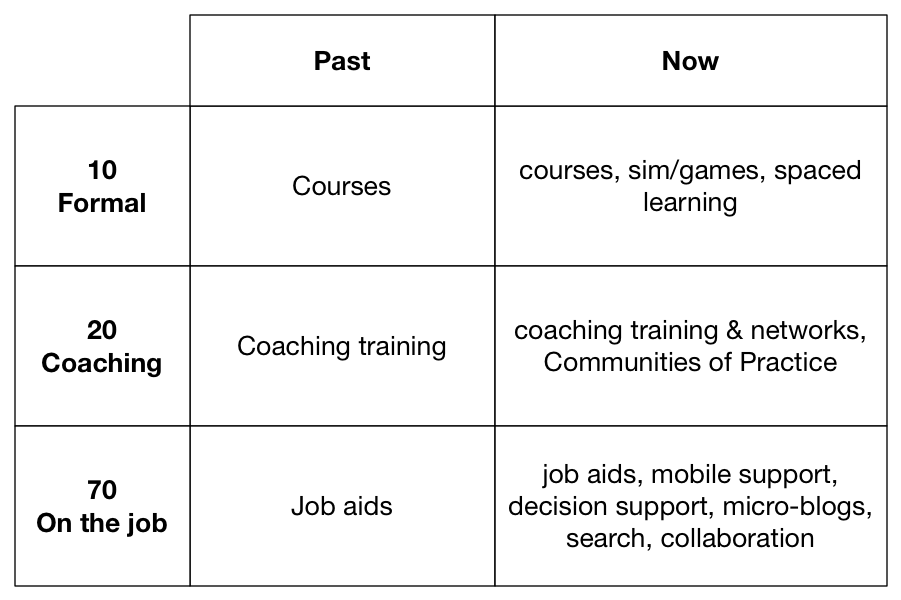I’ve been reflecting on the new learning model I proposed earlier, and want to share some elaborations with you. In this case, I want to elaborate on the notion of activities, and some associated properties.
 First, I think it’s important to recognize that gradually, learners will take more and more ownership of choosing activities. If you’re an adult past college, you choose (with, perhaps, some guidance and support) what professional development you do: you choose books to read, conferences to attend, even perhaps choosing mentors whether agreed upon or stealth (people you follow via their blogs or tweets). We shouldn’t assume learners will have that ability, and our curricula should make explicit what good activity criteria are, and helps learners develop those skills, gradually handing off the responsibility for choosing them, with gradually released scaffolding.
First, I think it’s important to recognize that gradually, learners will take more and more ownership of choosing activities. If you’re an adult past college, you choose (with, perhaps, some guidance and support) what professional development you do: you choose books to read, conferences to attend, even perhaps choosing mentors whether agreed upon or stealth (people you follow via their blogs or tweets). We shouldn’t assume learners will have that ability, and our curricula should make explicit what good activity criteria are, and helps learners develop those skills, gradually handing off the responsibility for choosing them, with gradually released scaffolding.
 Another important property of these activities is that they embed, possibly at multiple levels. So, for instance, a project to develop a prototype might have component activities to capture and represent the results of the initial analysis, and then an initial concept, and then an initial storyboard, all before the prototype is developed. Each of those would be activities with deliverables or products, and evaluation or reflection. And the prototype might be an activity that is part of an activity to develop a full application. There are lots of ways in which activities could be related.
Another important property of these activities is that they embed, possibly at multiple levels. So, for instance, a project to develop a prototype might have component activities to capture and represent the results of the initial analysis, and then an initial concept, and then an initial storyboard, all before the prototype is developed. Each of those would be activities with deliverables or products, and evaluation or reflection. And the prototype might be an activity that is part of an activity to develop a full application. There are lots of ways in which activities could be related.
 Finally, activities can be individual or social. They can be assigned to one person, or to teams or workgroups to accomplish. The products of activities from individuals might feed into a group project, or vice-versa as well. The products of a group activity would be a group product, though the reflections could be individual or group, and there could be subsequent individual products as well.
Finally, activities can be individual or social. They can be assigned to one person, or to teams or workgroups to accomplish. The products of activities from individuals might feed into a group project, or vice-versa as well. The products of a group activity would be a group product, though the reflections could be individual or group, and there could be subsequent individual products as well.
The point is to have as widely varying description of an activity as possible, to support flexibility in designing learning experiences.
As implied in the initial post, these activities should generate products, and reflections as well, which are important for being able to provide feedback, helping shape learners’ understanding. I suppose I should dig into that more, too?
 In a recent
In a recent 